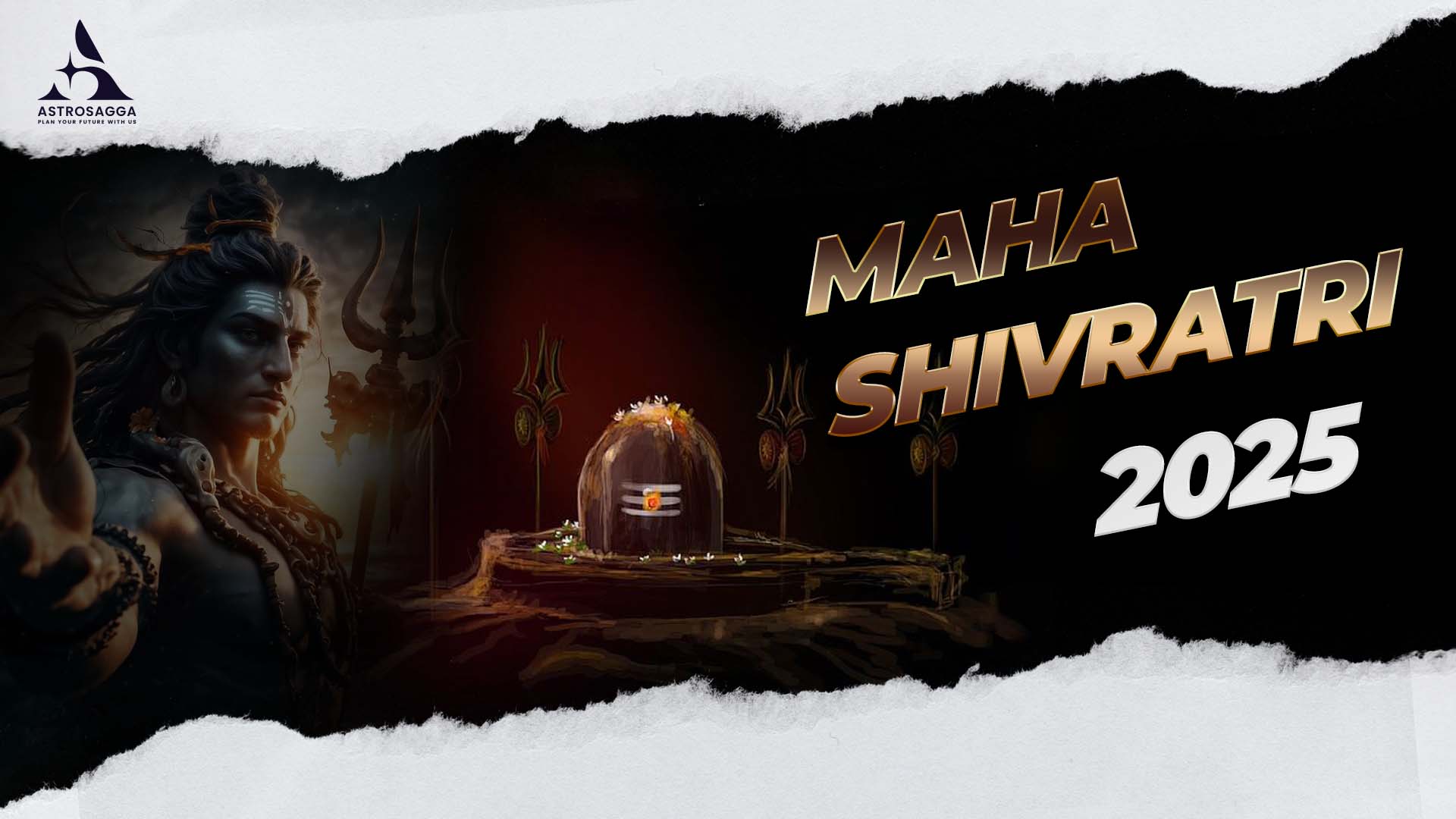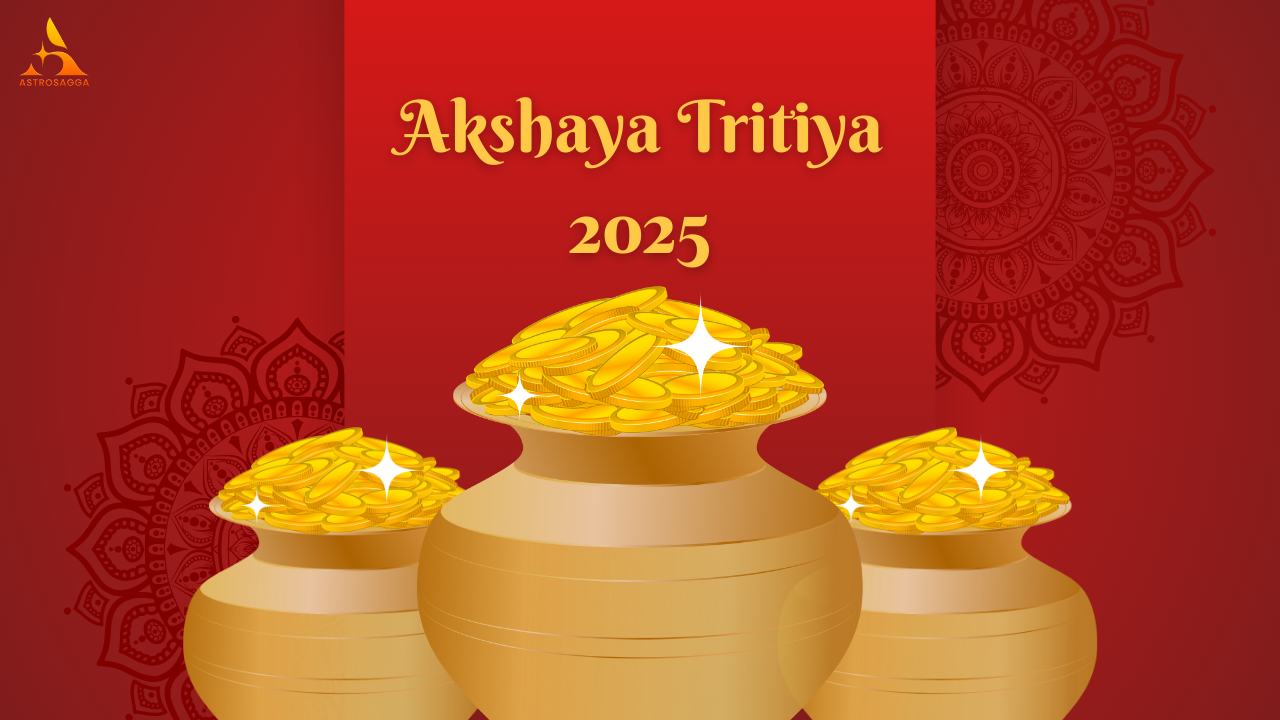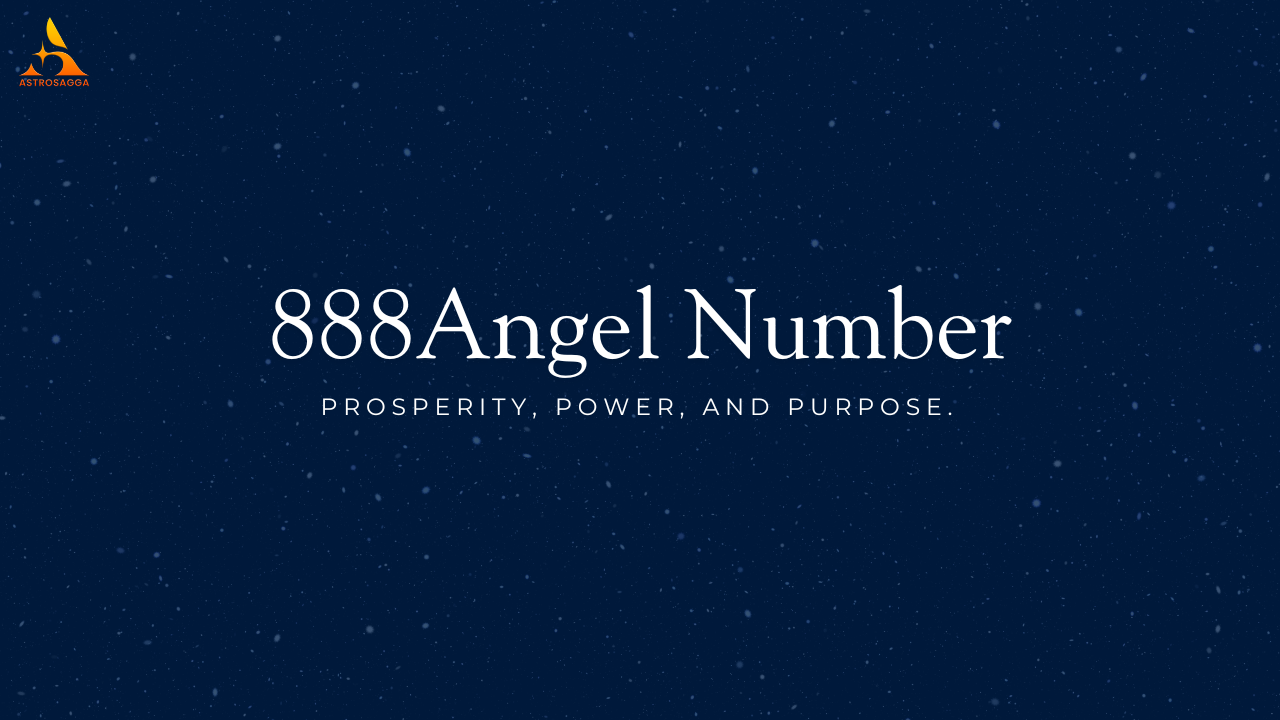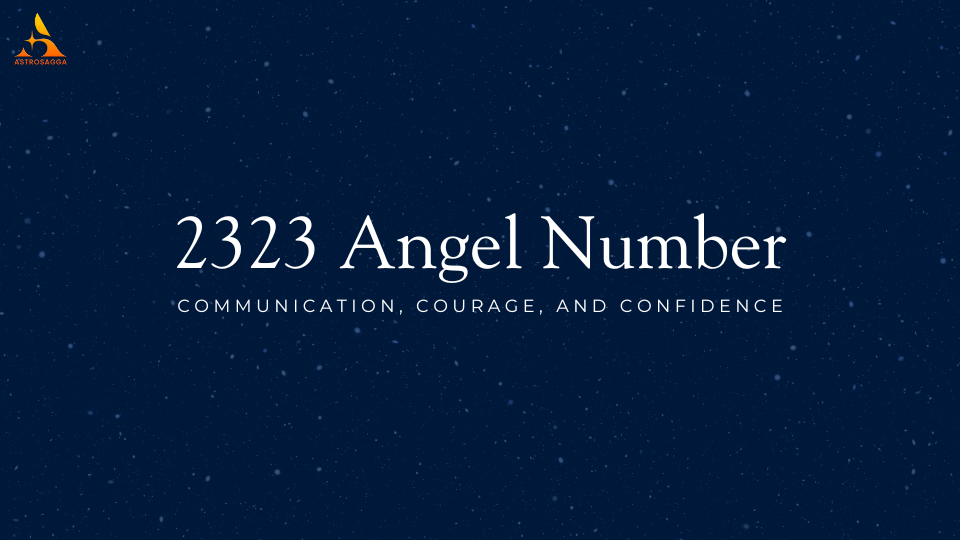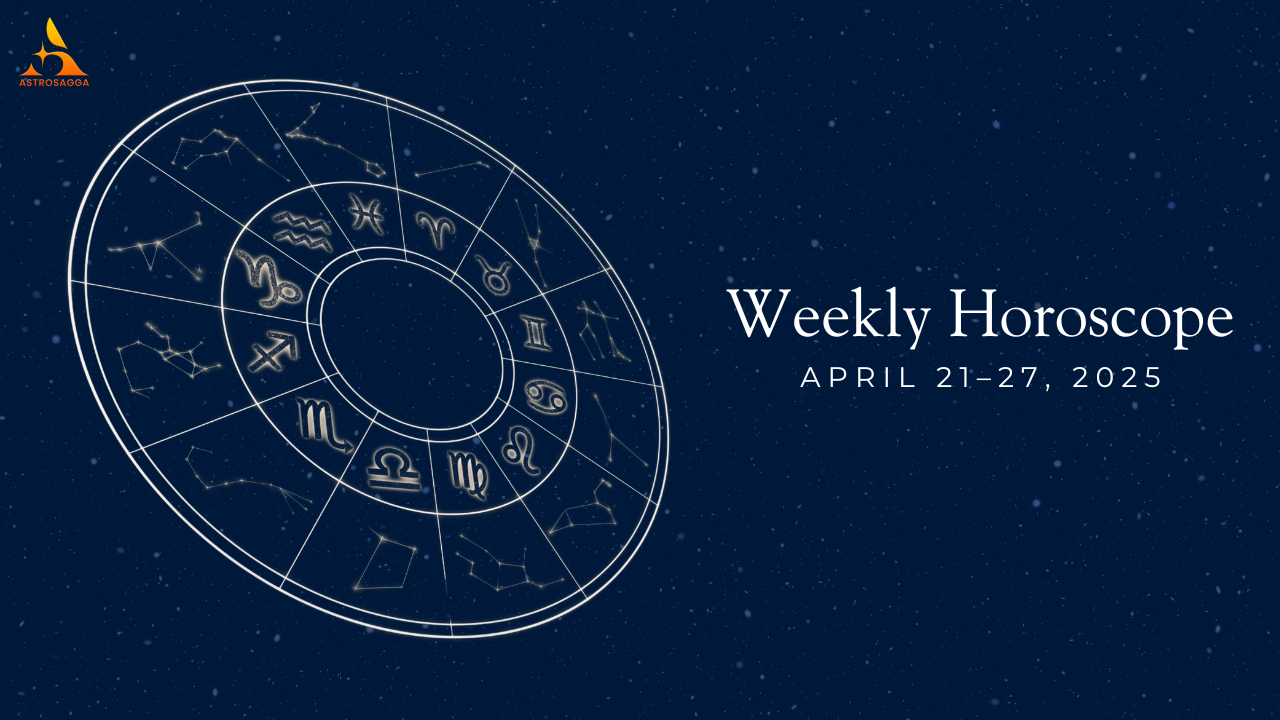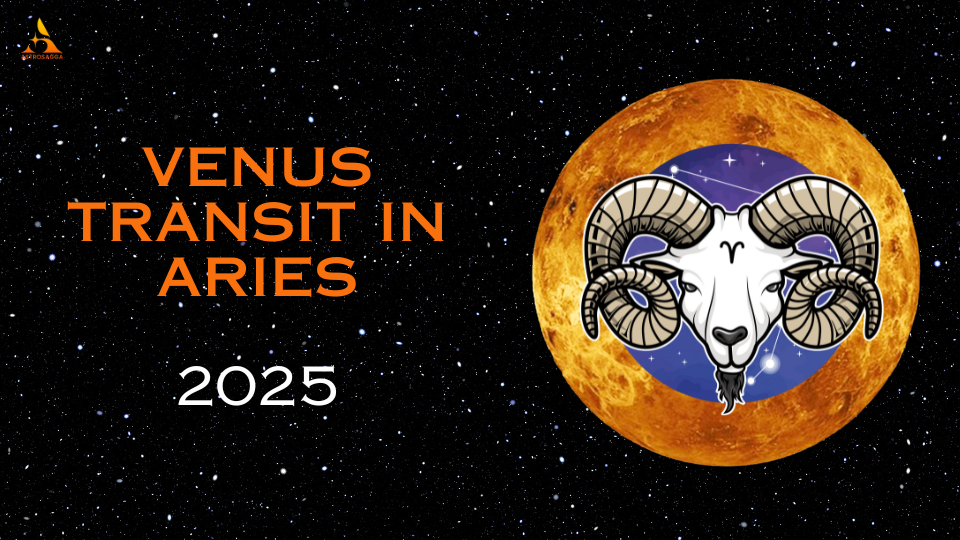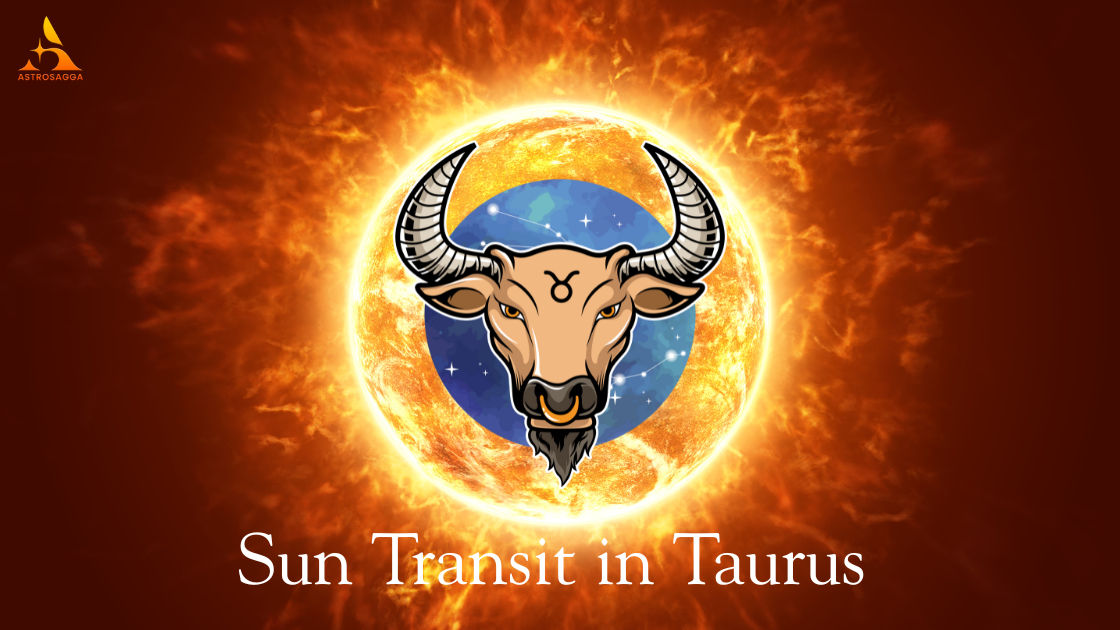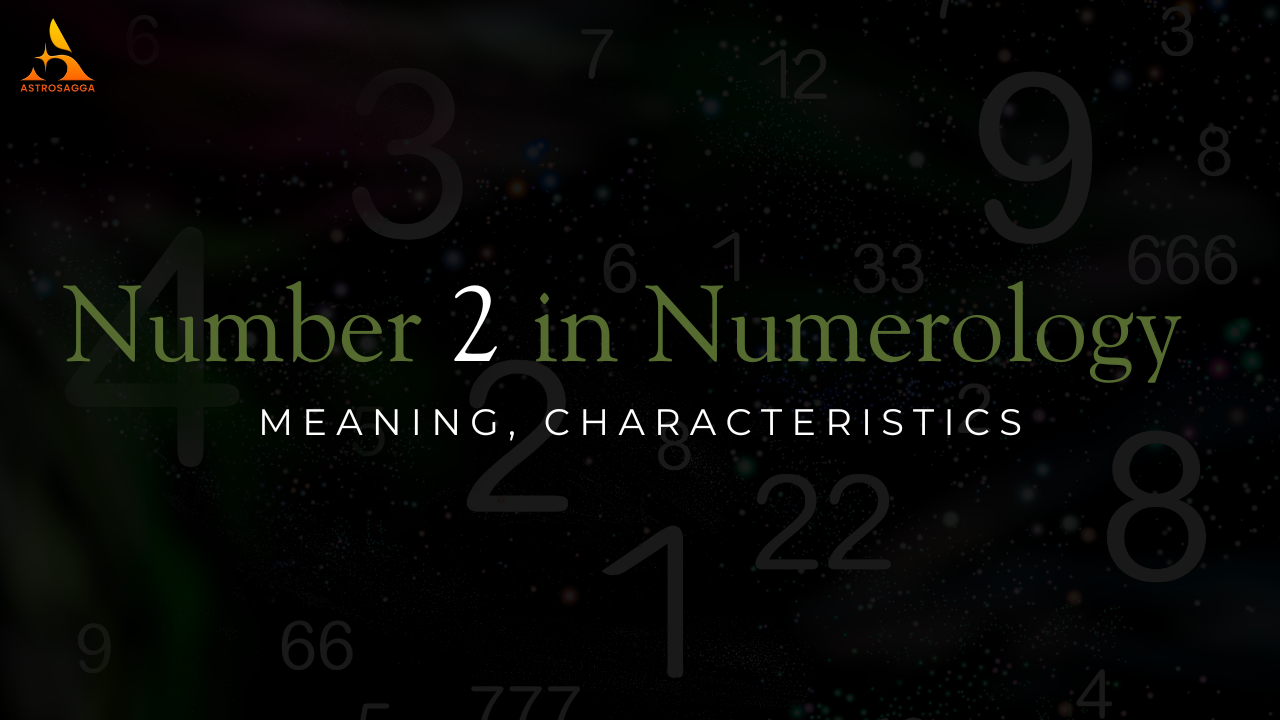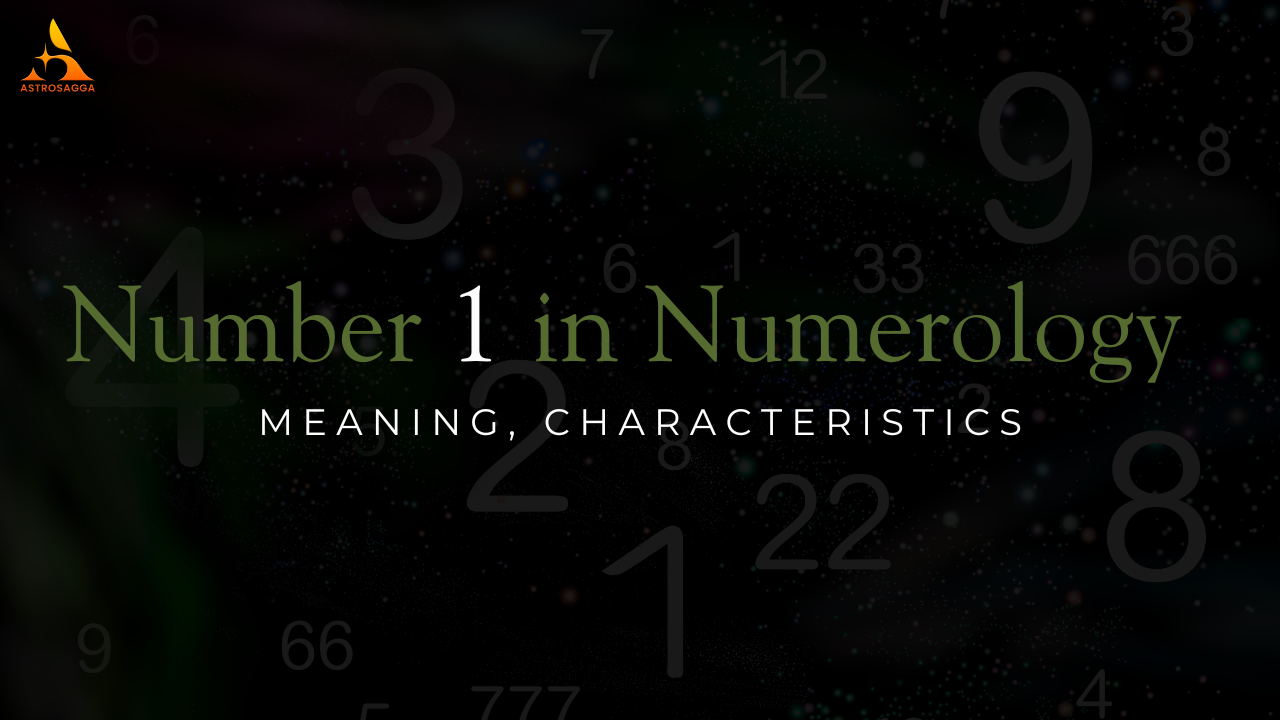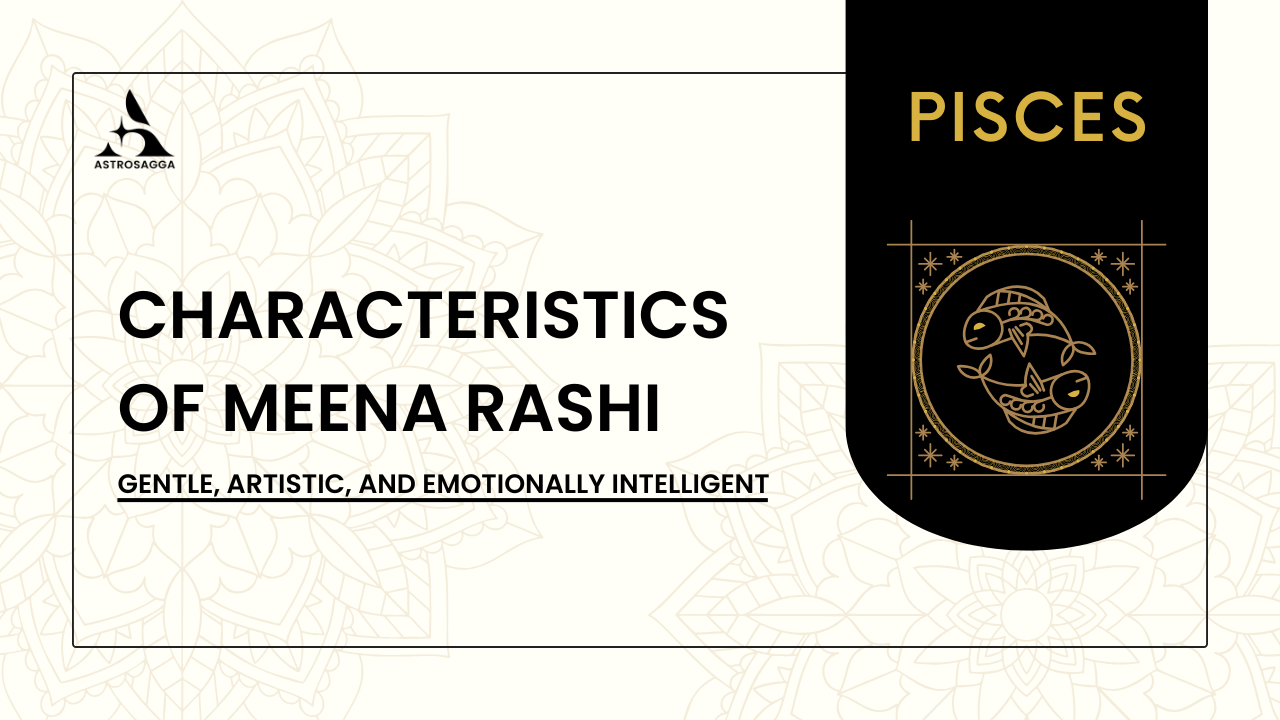Maha Shivaratri is one of the most significant Hindu festivals, celebrated with immense devotion by millions of devotees worldwide. Dedicated to Lord Shiva, the destroyer and transformer in the Holy Trinity of Hinduism, this sacred occasion marks the convergence of divine cosmic energies. Observed on the 14th night of the waning moon in the month of Phalguna (February-March), Maha Shivaratri is a spiritually uplifting night filled with fasting, meditation, mantra chanting, and rituals that invoke Lord Shiva’s blessings.
This festival is deeply rooted in Hindu Scriptures and astrology, signifying the victory of light over darkness and the power of self-discipline and devotion. On this night, devotees observe strict fasts, offer prayers to Shiva Lingam, and engage in Rudrabhishek, Bilva Patra offerings, and the chanting of sacred Shiva mantras to seek prosperity, good health, and liberation from past karmas.
Maha Shivaratri is not just a religious observance; it holds profound astrological significance, as the planetary alignments on this night create an ideal atmosphere for spiritual awakening and inner transformation. Devotees believe that fasting and meditating on Lord Shiva during Maha Shivaratri can bring immense positive changes, remove planetary doshas, and help attain moksha (liberation).
In this blog, we delve into the Hindu Scriptures, rituals, astrological significance, powerful Shiva mantras, and regional celebrations of Maha Shivaratri, ensuring a comprehensive understanding of this divine night of transformation.
Who is Lord Shiva?
Lord Shiva, also known as Mahadev, Shankar, Bholenath, and Neelkanth, is a revered and supreme deity in Hinduism. He is worshipped as the god of destruction and regeneration, responsible for maintaining the balance of the universe. Shiva embodies both fierce power and profound compassion, guiding devotees towards spiritual enlightenment and self-realization.
Read Also - The Sacred Rudraksha: Types, Benefits, and Origins
Attributes of Lord Shiva
The Third Eye – Symbolizes higher perception and wisdom.
Trident (Trishul) – Represents the balance of three gunas: sattva (goodness), rajas (passion), and tamas (ignorance).
Crescent Moon – Denotes time and his control over it.
Blue Throat (Neelkanth) – Signifies his act of consuming the deadly poison (halahala) to save the universe.
Ash Smeared Body – Symbolizes detachment from worldly pleasures.
Tiger Skin and Serpent (Vasuki) – Represent victory over desire and ego.
Damru (Drum) – Represents the cosmic sound and rhythm of the universe.
Avatars of Lord Shiva
Shiva is known to have multiple incarnations, each serving a unique purpose:
Veerabhadra – Created to destroy the arrogance of Daksha.
Piplaad – Removes Shani Dosha from devotees' lives.
Kaal Bhairav – The fierce form that destroys ignorance and evil forces.
Hanuman – Considered an incarnation of Shiva in Ramayana.
What is Maha Shivaratri?
Maha Shivaratri, meaning "The Great Night of Shiva," is observed annually on the 14th night of the dark fortnight in the Hindu month of Phalguna (February-March). Devotees worship Lord Shiva with great reverence, performing rituals to seek his blessings for prosperity, good health, and spiritual enlightenment.
Date and Timings of Maha Shivaratri 2025
Maha Shivaratri will be celebrated on February 26-27, 2025. The auspicious timings for the pujas are as follows:
Nishita Kaal Puja Time: Feb 27, 12:14 AM - 01:04 AM
Ratri First Prahar Puja Time: Feb 26, 06:24 PM - 09:32 PM
Ratri Second Prahar Puja Time: Feb 26, 09:32 PM - Feb 27, 12:39 AM
Ratri Third Prahar Puja Time: Feb 27, 12:39 AM - 03:46 AM
Ratri Fourth Prahar Puja Time: Feb 27, 03:46 AM - 06:53 AM
Maha Shivaratri Parana Time: Feb 27, 06:53 AM - 08:55 AM
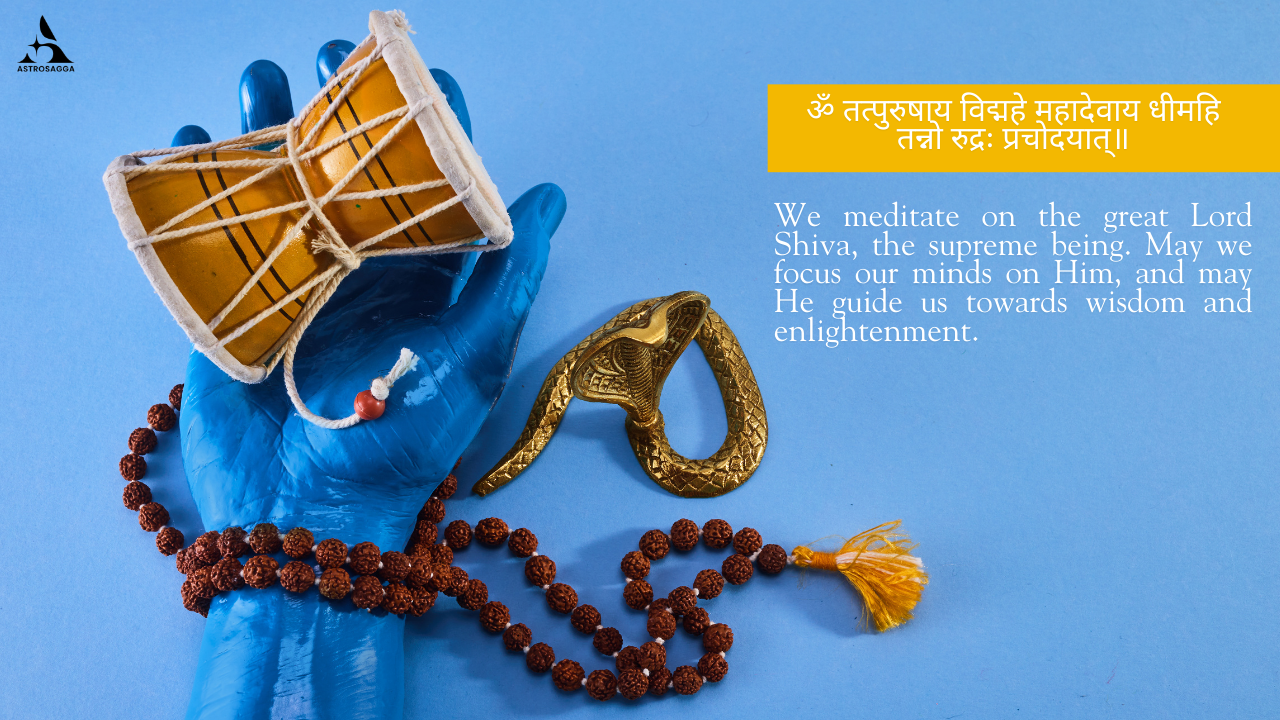
Stories and Significance of Maha Shivaratri
There are several legends associated with Maha Shivaratri:
The Divine Marriage: According to Hindu scriptures, Maha Shivaratri marks the divine union of Lord Shiva and Goddess Parvati.
The Churning of the Ocean (Samudra Manthan): It is believed that during the churning of the ocean, Shiva consumed the deadly poison (halahala) to save the universe and held it in his throat, turning it blue.
The Night of Shiva’s Cosmic Dance: According to another legend, it is believed that Lord Shiva performed the Tandava, the cosmic dance of creation, preservation, and destruction, on this auspicious night.
Rituals and Celebrations of Maha Shivaratri
1. Fasting (Vrat) and Devotion
Devotees observe a strict fast, consuming only fruits, milk, and water. Some devotees opt for a nirjala vrat (fasting without water) to show their dedication.
2. Night-Long Worship (Jaagran)
The night-long vigil includes singing bhajans, chanting Shiva mantras, and listening to Shiva Purana.
3. Offering of Bilva Leaves and Rudrabhishek
Devotees offer Bilva leaves, water, milk, honey, curd, ghee, and sacred ash (bhasma) to the Shiva Linga.
4. Maha Mrityunjaya Mantra Chanting
Chanting the Maha Mrityunjaya Mantra on this day is considered highly auspicious and helps in seeking protection from negative energies and illnesses.
Maha Mrityunjaya Mantra:
"Om Tryambakam Yajamahe Sugandhim Pushtivardhanam, Urvaarukamiva Bandhanaan Mrityor Mukshiya Maamritaat."
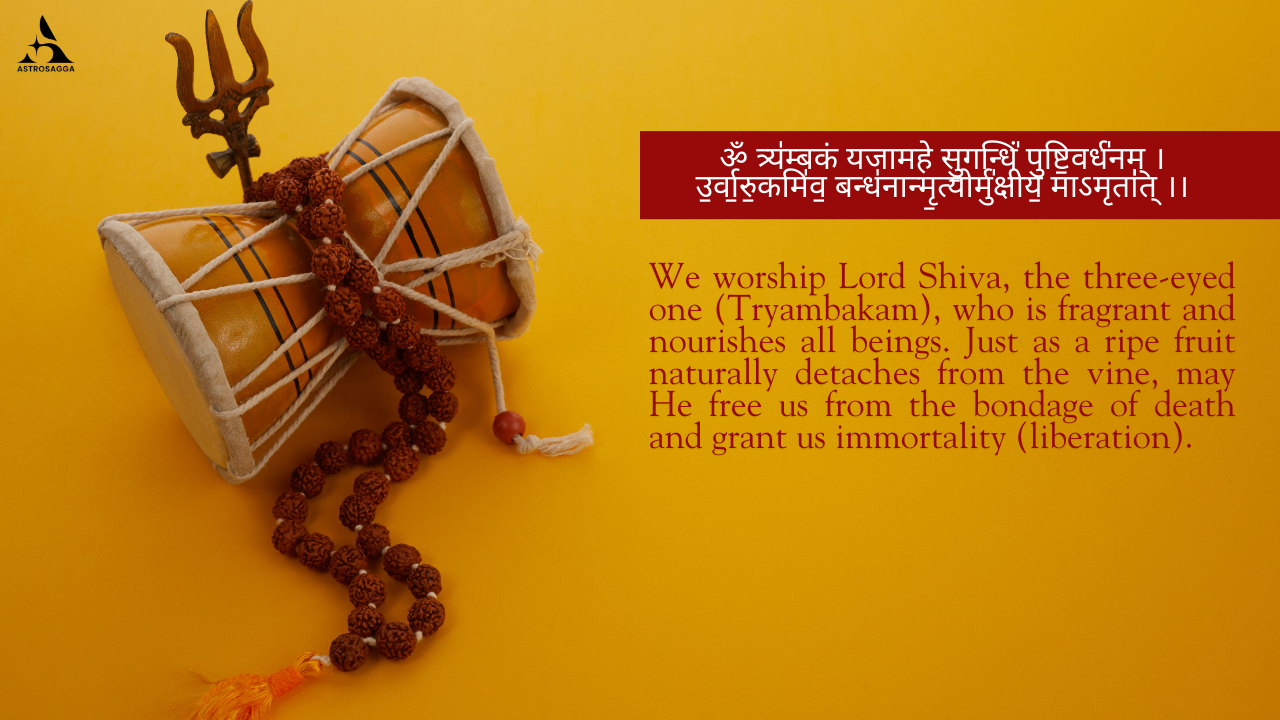
Maha Shivaratri Celebrations Across India
1. Ujjain (Madhya Pradesh)
Ujjain’s Mahakaleshwar Jyotirlinga witnesses grand celebrations, with lakhs of devotees performing Rudrabhishek and attending the Bhasma Aarti.
2. Varanasi (Uttar Pradesh)
In Varanasi, the celebrations at Kashi Vishwanath Temple are divine, with devotees taking a holy dip in the Ganges.
3. Gujarat – Somnath Temple
One of the 12 Jyotirlingas, Somnath Temple, is illuminated beautifully, and thousands participate in the Shivratri Mahotsav.
4. Tamil Nadu – Thiruvannamalai
At the Arunachaleswarar Temple, a grand procession and Girivalam (circumambulation of the Arunachala Hill) take place.
5. Maharashtra – Trimbakeshwar and Bhimashankar
Thousands of devotees gather at Trimbakeshwar Jyotirlinga and Bhimashankar Temple to perform elaborate Shiva rituals.
Astrological Significance of Maha Shivaratri
Maha Shivaratri holds great astrological significance. It is believed that on this night:
The planetary positions align in a way that enhances spiritual energy and consciousness.
Performing Rudrabhishek can help mitigate malefic effects of Saturn (Shani) and Rahu-Ketu doshas.
Worshiping Lord Shiva on this day strengthens the Moon, bringing emotional stability and peace.
Powerful Shiva Mantras for Maha Shivaratri
Chanting Shiva mantras on Maha Shivaratri enhances spiritual growth and fulfills desires:
Panchakshari Mantra: "Om Namah Shivaya"
Rudra Mantra: "Om Namo Bhagavate Rudraya"
Shiva Gayatri Mantra: "Om Tatpurushaya Vidmahe, Mahadevaya Dhimahi, Tanno Rudrah Prachodayat."
Benefits of Observing Maha Shivaratri
Blessings of Lord Shiva: Devotees receive divine protection and wisdom.
Removal of Doshas: Helps eliminate negative planetary influences.
Spiritual Enlightenment: Strengthens meditation and self-realization.
Health and Longevity: Chanting Maha Mrityunjaya Mantra provides healing and longevity.
Conclusion
Maha Shivaratri is a powerful festival that brings spiritual upliftment, prosperity, and divine grace. Observing fasting, performing Rudrabhishek, and chanting Shiva mantras help devotees attain blessings from Lord Shiva. May this Maha Shivaratri 2025 bring peace, prosperity, and happiness to all.
Want to understand the astrological significance of Maha Shivaratri or know the right rituals for your personal growth? Talk to astrologer now and get personalized insights for this auspicious occasion.
Join Astrosagga’s Astrology Courses and learn from expert astrologers. Whether you're a beginner or want to deepen your knowledge, our courses are designed for you. Start your journey today! Enroll now and explore the world of astrology.
Om Namah Shivaya!


